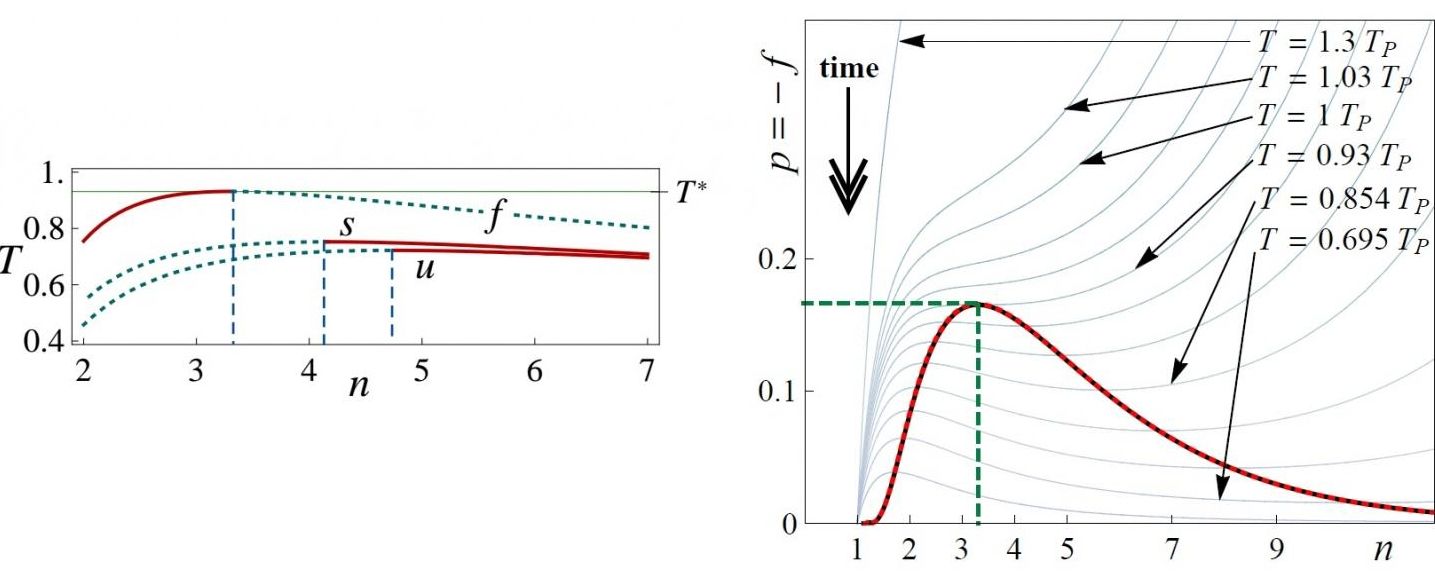(Phys.org)—The question of why space is three-dimensional (3D) and not some other number of dimensions has puzzled philosophers and scientists since ancient Greece. Space-time overall is four-dimensional, or (3 + 1)-dimensional, where time is the fourth dimension. It’s well-known that the time dimension is related to the second law of thermodynamics: time has one direction (forward) because entropy (a measure of disorder) never decreases in a closed system such as the universe.
In a new paper published in EPL, researchers have proposed that the second law of thermodynamics may also explain why space is 3D.
“A number of researchers in the fields of science and philosophy have addressed the problem of the (3+1)-dimensional nature of space-time by justifying the suitable choice of its dimensionality in order to maintain life, stability and complexity,” coauthor Julian Gonzalez-Ayala, at the National Polytechnic Institute in Mexico and the University of Salamanca in Spain, told Phys.org.


















